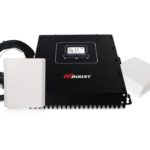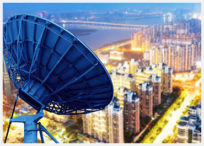How Close Do I Need to Be to a Cellular Tower to Get Signal?

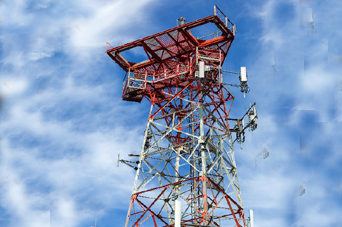 While a cellular tower can have a signal range of up to 45 miles, the signal range of a specific tower varies significantly depending on its radio frequency and power, as well as the terrain and radio interference that surrounds it. To get a better picture of signal range, let’s take a closer look at some of the factors that determine how close to get a cellular tower signal:
While a cellular tower can have a signal range of up to 45 miles, the signal range of a specific tower varies significantly depending on its radio frequency and power, as well as the terrain and radio interference that surrounds it. To get a better picture of signal range, let’s take a closer look at some of the factors that determine how close to get a cellular tower signal:
A Cellular Tower with a Lower Radio Frequency Has a Longer Range
Mobile broadband uses radio waves to transmit online data between your device and the nearest cellular tower. 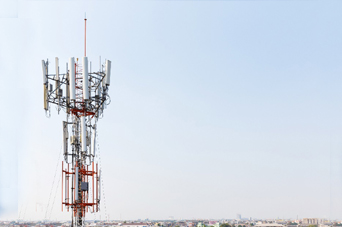 The range of these transmissions depends on the radio frequency of the connection. Lower radio frequencies transmit online data further, but, unfortunately, also slower, which means mobile internet speeds are slower on networks that use low frequencies.
The range of these transmissions depends on the radio frequency of the connection. Lower radio frequencies transmit online data further, but, unfortunately, also slower, which means mobile internet speeds are slower on networks that use low frequencies.
Most cellular carriers transmit mobile data over the lower frequency bands 800 MHz or 900 MHz or the slightly higher frequency band 1900 MHz Here’s a full list of which carriers use which bands. A cellular tower that uses 800 MHz band will have a longer potential range than one that uses 1900 MHz band, but the connection with the first tower will be slower for internet users in range.
The Cellular Tower Signal Build Affects its Range
Even cellular towers that operate on the same network, say 4G LTE, aren’t cookie-cutter copies of each other. In fact, carriers vary the build of their towers based on their predictions of the tower’s maximum capacity, necessary range, and probably lifespan. Carriers determine the height (higher means better range), the noise factor of the terminals (quieter means better range), and the size of the cells (bigger means better range) based on these factors.
The Terrain Around a Cellular Tower Affects its Range
When radio waves pass through any material, the permeability of that material changes their speed. Radio waves can pass through permeable materials–like glass, wood, and even stone–relatively easily, but radio waves slow down significantly when they pass through less permeable materials like water, metal, or other conductors of electricity.
If you don’t have a clear line of sight with the nearest cellular tower, then the terrain between you and the tower will likely negatively affect the range of the tower in your direction. When any material, and especially less permeable materials, enter the ellipsoidal space between the tower and your device known as the Fresnel zone, it will obstruct radio waves and decrease range.
While some terrain–such as rocky or forested landscape–has a somewhat limited effect on range, other terrain–such as cities, lakes, or mineral-rich mountains–can block radio signals completely. A tower might reach its maximum range of 45 miles on flat terrain, but even hilly terrain will decrease its real range to a mere five miles.
Radio Interference Affects the Cellular Tower’s Range
Because radio interference affects range, cellular towers have much shorter ranges in crowded cities than they do in empty rural areas. Radio traffic to and 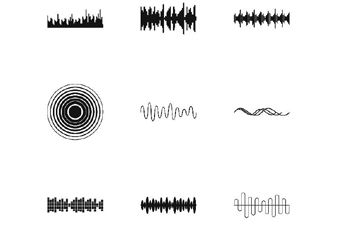 from other cellular towers decreases the range of nearby towers, especially since these towers often operate on the same radio frequency. Other types of wireless communication, including the traffic from radios that belong to police and other emergency responders, can also interfere with mobile data traffic.
from other cellular towers decreases the range of nearby towers, especially since these towers often operate on the same radio frequency. Other types of wireless communication, including the traffic from radios that belong to police and other emergency responders, can also interfere with mobile data traffic.
The strength of the wireless router or “aircard” in your device also affects signal range, since the range of both the sending and receiving antennas dictate the range of wireless communication. If the aircard in your phone has a maximum range of 15 miles, then you’ll need to be within 15 miles of the nearest tower to get a signal, even if the tower has a real range of 45 miles.

